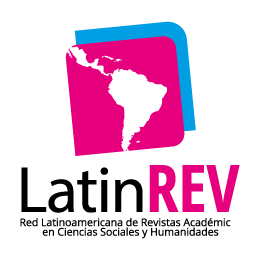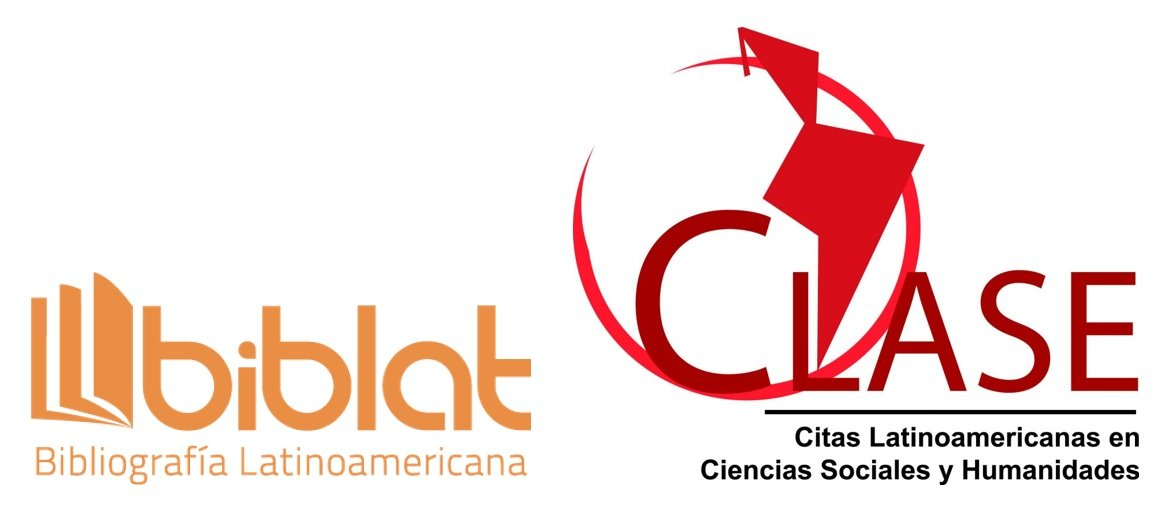Similar Articles
- Ana Patricia Quintana-Ramírez, Andrea Bernal Pedraza, Community organizations that supply water, a legacy of good living in contrast to colombian regulations , Vínculos Sociología, análisis y opinión: Vol. 3 No. 6 (2022)
- María Guadalupe Díaz Santos, Habitus and vulnerability: a theoretical dialogue to manage the water rationing , Vínculos Sociología, análisis y opinión: Vol. 3 No. 6 (2022)
- Jorgelina Bertea, Workshop as a transforming pedagogical experience in mining-extractive territories of northwest argentino , Vínculos Sociología, análisis y opinión: Vol. 2 No. 3 (2021)
- Luciana Fernández, Los Patos River is not to be touched. Reflections on equality, self-determination and autonomy of peoples in extractivist contexts , Vínculos Sociología, análisis y opinión: Vol. 3 No. 6 (2022)
- Laura García Navarro, Marcelo Sandoval Vargas, The Police Strategy in Jalisco: The Spectacle of Security, the Reality of Capitalist War , Vínculos Sociología, análisis y opinión: Vol. 6 No. 12 (2025)
- Maribel Núñez Rodríguez, To Eat or Not to Eat: Gender, Typologies, and Eating Practices of Women with Larger Bodies , Vínculos Sociología, análisis y opinión: Vol. 6 No. 11 (2025)
- Olga Lucía Méndez Polo, Multiple water and peasant identities from a hydraulic infrastructure: case of the Chingaza system, Colombia , Vínculos Sociología, análisis y opinión: Vol. 3 No. 6 (2022)
- Perla Berenice Díaz Carrera, Rethinking Revolutions: "Revolution, an Intellectual History" by Enzo Traverso , Vínculos Sociología, análisis y opinión: Vol. 5 No. 10 (2024)
- Karina Beatriz Kloster, The Cutzamala System as a hydrosocial cycle , Vínculos Sociología, análisis y opinión: Vol. 3 No. 6 (2022)
- Axel Elías Jiménez, Gastronationalism in dialogue or dispute? Offer of Venezuelan Food in Mexico City during the Twenty-first Century , Vínculos Sociología, análisis y opinión: Vol. 6 No. 11 (2025)
You may also start an advanced similarity search for this article.





